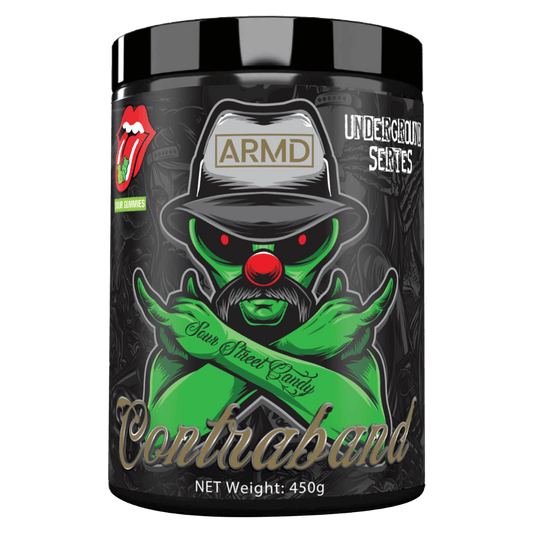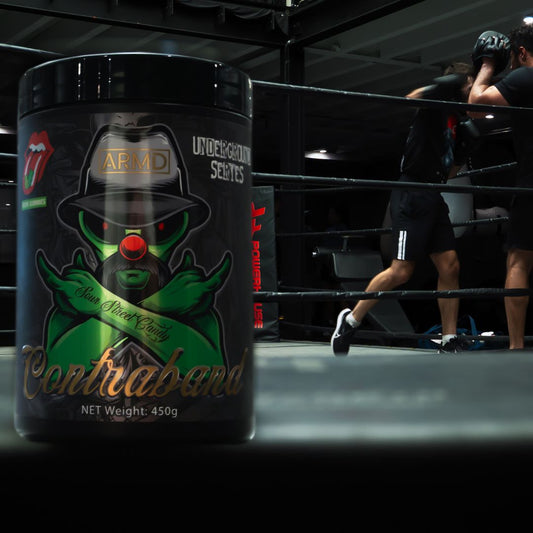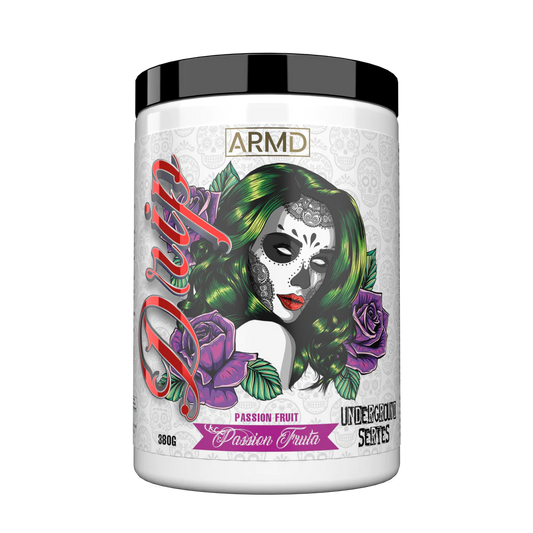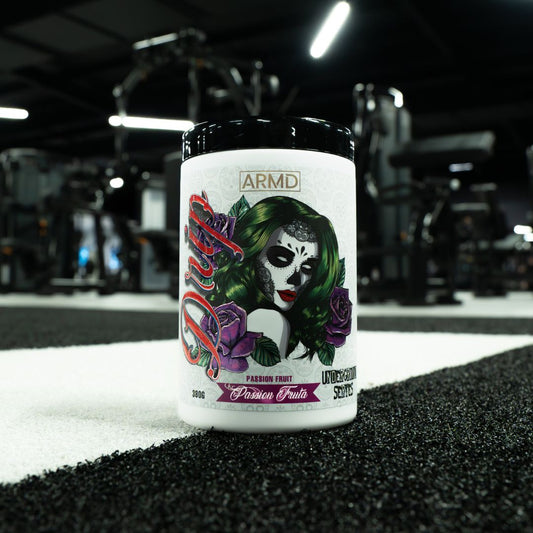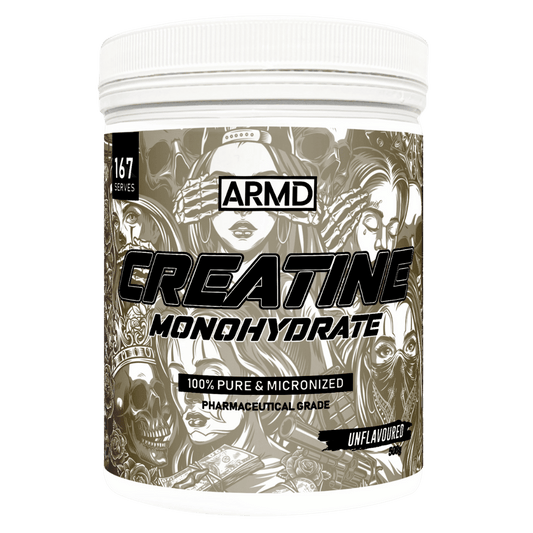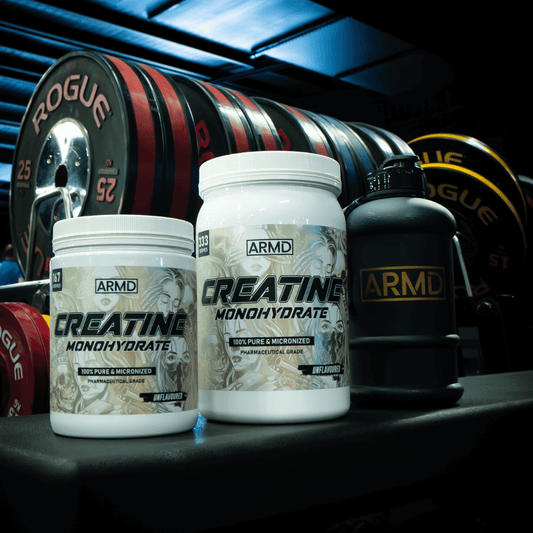
Mind Your Muscle: Types of Muscle Contraction
Share
Monday, chest day. Tuesday, back. Wednesday, legs. Thursday, Shoulders. Friday, arms. Saturday, cardio and abs. Month to month, any kind of workout split can get monotonous, boring and frankly less effective. Learning how to challenge your body in different ways and even increase the intensity of your workouts can help you break through fat loss and muscle growth barriers. What’s more, it doesn’t hurt to keep things interesting because eventually routine can become mind-numbing. This is why we take time to research, learn and share different ways you can beat your workout slumps and really enjoy all there is to fitness and health. Read our blog to learn about the different muscle contractions that take place when you lift.
The 3 types of muscle contraction
That’s right! Your muscles can contract in more than one way although most of us really focus on the concentric contraction. Here are the three ways your muscle can contract (Stoppani, 2014):-
Concentric muscle contraction
-
Eccentric muscle contraction
-
Isometric muscle contraction
Why it matters
-
Time under tension (TUT)
-
Strength in the movement
-
Mind muscle connection
